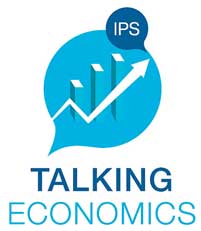Reply To:
Name - Reply Comment
Last Updated : 2024-04-20 13:31:00
.jpg)
.jpg)
.jpg)
 nsionally poor (MDP) households. Multi-dimensional Poverty Index (MPI) is an index of acute multi-dimensional poverty that has three dimensions: health, education and living standards. These are measured by 10 indicators, which cover most of the aspects included in the above definition of child poverty, except the last two on participation and protection.
nsionally poor (MDP) households. Multi-dimensional Poverty Index (MPI) is an index of acute multi-dimensional poverty that has three dimensions: health, education and living standards. These are measured by 10 indicators, which cover most of the aspects included in the above definition of child poverty, except the last two on participation and protection. 

Add comment
Comments will be edited (grammar, spelling and slang) and authorized at the discretion of Daily Mirror online. The website also has the right not to publish selected comments.
Reply To:
Name - Reply Comment
On March 26, a couple arriving from Thailand was arrested with 88 live animal
According to villagers from Naula-Moragolla out of 105 families 80 can afford
Is the situation in Sri Lanka so grim that locals harbour hope that they coul
A recent post on social media revealed that three purple-faced langurs near t